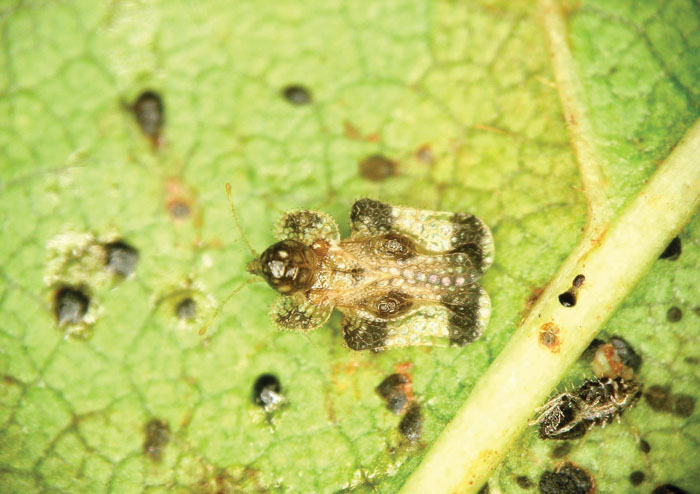Darrell Blackwelder column: Controlling lace bugs
Published 12:00 am Saturday, July 2, 2022

- Lacebug
The foliage of some azaleas and rhododendron appears bleached with yellow splotches. It’s a common problem caused by lace bugs. This very small, clear-winged insect appears in the spring and again in late summer. The foliage has small, dotted, yellow splotches at first, and then turns completely yellow after a massive infestation. Premature leaf drop occurs when plants are heavily infested.
These minute insects are found most often on the underside of leaves along with tiny black splotches of excrement resembling dark varnish.
Adult lace bugs have clear lace-like wings with an expanded, lacy hood on the back of the head. Adults are very small, about 1/8-inch-long and 1/16 inch wide. This insect usually spends the winter in the egg stage.
Repeated applications of insecticides labeled for azaleas or insecticidal soap effectively control lace bugs. Make the first application as soon as nymphs appear on the undersides of the leaves. Follow with a second application 7 to 10 days repeating as needed.
Thorough coverage is essential when applying sprays if good control is expected. It is very important the underside of the leaves is covered. Use high pressure to make sure the underneath of the leaves is covered. Simply spraying over the top of the plant will not control the pest. There are also systemic insecticides containing imidacloprid that applied as a soil drench that will also control the pest. Go to https://content.ces.ncsu.edu/azalea-lace-bug for more detailed information for lace bug control.
Darrell Blackwelder is the retired horticulture agent and director with the North Carolina Cooperative Extension Service in Rowan County. Contact him at deblackw@ncsu.edu.



